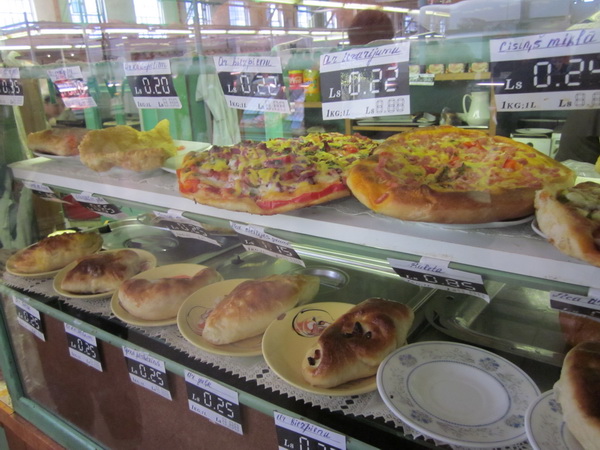Estonia Sings for Freedom – Cosmos Tour
Thursday, June 23rd, 2011The Singing Revolution from 1987 to 1991 was a series of mass demonstrations featuring spontaneous singing.
Estonia is a singing nation: every town has a choir, and their boys’ choirs are well known. Every 5 years there is a major singing event in all the parks where people dress in native costumes and sing their little hearts out.
On May 14, 1988, the first expression of national feeling occurred during the Tartu Pop Music Festival. Five patriotic songs were first performed here and people linked their hands together, and a tradition began. In June in Tallinn people at the Old Town Festival moved to the Song Festival Grounds and similarly started to spontaneously sing patriotic songs together.
On September 11, 1988, a massive song festival, “Song of Estonia”, was held at the Tallinn Song Festival Arena where 300,000 people came (more than a quarter of all Estonians); even political leaders were participating actively, and were for the first time insisting on the restoration of independence. On November 16, 1988, the legislative body of Estonia issued the Estonian Sovereignty Declaration.
The Singing Revolution lasted over four years, with various protests and acts of defiance. In 1991, as Soviet tanks attempted to stop the progress towards independence, the Estonian Supreme Soviet together with the Congress of Estonia proclaimed the restoration of the independent state of Estonia and repudiated Soviet legislation. People acted as human shields to protect radio and TV stations from the Soviet tanks. Amazingly, through these actions Estonia regained its independence without any bloodshed.






